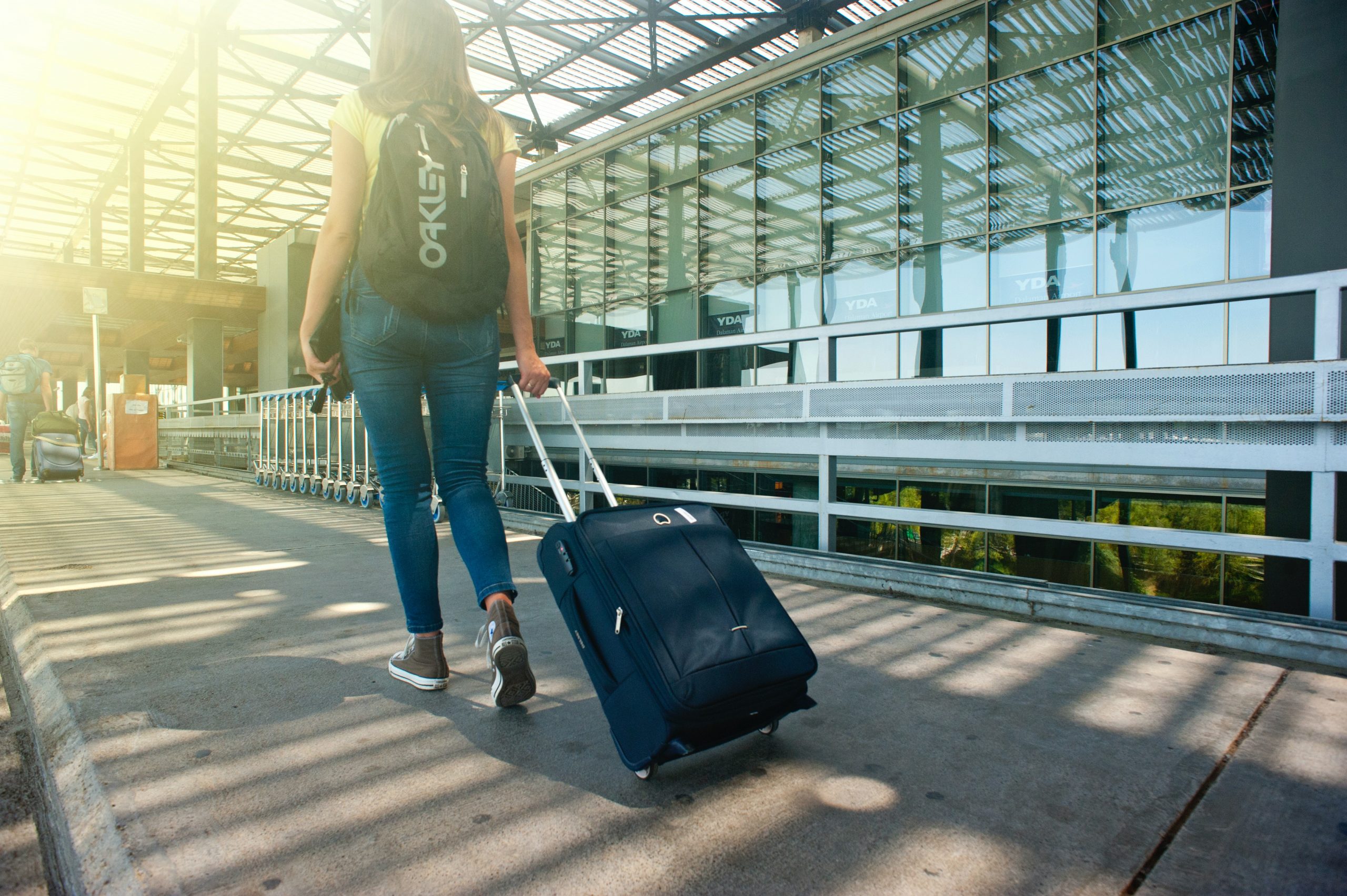Packing List for Volunteers
Are you working in an animal sanctuary, teaching English, or constructing houses? Here are some packing suggestions and questions to get you started!
Multi-Purpose Clothing That’s Comfortable
Bring clothes that can be layered, such as a blazer or jacket. Pullovers and fleece hoodies are among the items in this section.
Sturdy textiles that can endure dust and filth, such as cotton and linen, should be used. It’s also a good idea to take an old set of clothes you don’t mind getting rid of if they get too soiled while on vacation.
A scarf or shemagh can be a terrific addition to your wardrobe. If you need to wear more modestly but don’t have time to buy a new outfit, a poncho or a shawl might be used to cover up your shoulders and legs. Make sure to include a raincoat as well!
Pack a pair of flip-flops for the shower and a couple of sneakers you can wear all day. Check your schedule to see how much time you’ll be on your feet. Is someone you’d like to meet with who’s a little more formal? Or will you be out and about on a bike or a trek?
It’s a good idea to break in new shoes and have band-aids and blister treatment available in case anything happens to your feet. Vaseline is a multi-purpose product that may be applied to new shoes and parched lips!
Rolling Duffel Bag or Lightweight Backpack
As a rule of thumb, we recommend soft luggage for foreign volunteer trips. In addition to becoming trapped in potholes, hard rolling bags take up a lot of space in tiny vans and are difficult to maneuver in rural locations.
Other useful stuff for packing?
In our travels, packing cubes are our go-to method for keeping things in order. It’s also a terrific way to separate your clean and dirty garments!
Bring a reusable water bottle to reduce the amount of plastic you use while still staying hydrated.
Are you traveling with a foreign SIM card? Ensure your phone is unlocked so you can use it on the go. Keep a universal charger on hand, too!
Taking a lightweight, quick-drying towel with you on a trip is essential. They are a lifesaver if you’re staying somewhere without access to towels or sheets, and they’re also perfect for trips to the pool!
Documents of a Journey
Passport and ID card
Avoid leaving the house unless you have a passport, a secondary form of identification, and your plane boarding pass with you. Are you volunteering for a few months or across multiple countries? An electronic and physical copy of your itinerary and vital addresses and phone numbers can be helpful in case something goes wrong.
A month before you depart, perform one more inspection. Most nations require a passport to be valid for at least six months beyond the intended end date of travel. In some cases, customs officials require documentation of future travel plans. Are you taking a low-cost flight? Printing your boarding permit will save you money in the long run.
Banking
Notify your bank that you’ll be traveling outside of the country by sending an email. When a card is used unexpectedly outside of the country, bank fraud departments sometimes have checks in place to block the card.
Carry a credit card that doesn’t charge foreign transaction fees if you’ve got one. Ask about ATM costs before traveling if you plan to use a debit card alone. To avoid incurring excessive ATM fees, consider opening a Charles Schwab account.
Prepare for emergencies by withdrawing a small amount of cash in US dollars. Since many places will only accept ‘fresh’ $20 bills, ensure you have some crisp, new $20 accounts on hand.
Insurance for a trip
This is a must-have. Insurance coverage is often included with volunteer travels, or it is required that you get it on your own. Make sure you don’t miss this!
Travel insurance will come in if you lose your luggage, your phone is stolen, or you get hurt and need to go to the hospital.
Camera and a Journal
Volunteering for a good cause is a life-altering event. After a long day of sightseeing, reflecting on the day’s events in a journal you’ve kept during your journey is wonderful.
You can’t leave home without a camera, of course! It’s a good idea to bring a Polaroid camera if you’ll be working with children, and it’s a nice memory to present an actual snapshot to a child who enjoys having their picture taken.


